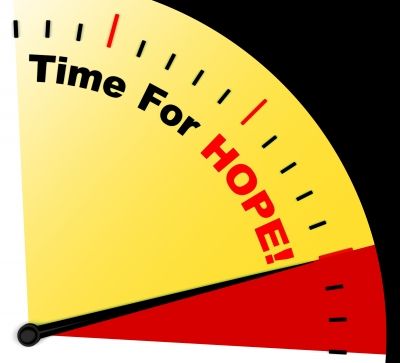One of the topics to which I keep returning on this Web site, probably because it’s a common challenge among creative people—particularly those who sell what they create—is time management. If you’re nodding your head because you can relate, read on.

Some of the strategies I’ve described for carving out time for creativity—or for organizational tasks, for that matter—include making lists, tuning out electronic distractions such as cell phones and e-mail, rising early or staying up late, and many other strategies. You can read about these ideas here if you missed my past posts:
- The bane of procrastination
- 12 ways to carve out time for creativity
- A development plan for creatives: 12 simple steps
- Taking time to make time
- Finding time to create
- Too frazzled to create?
I’d like to suggest yet another way to manage time. Do you ask yourself where to find time to write blog posts, product descriptions, social media messages, and e-mails? What about fitting in the “making†process of your products, and honestly—the rest of your life—possibly an outside job, friends, family and neighbors? Viewed as a whole, time management of all of these areas appears to be overwhelming. But broken into mini-challenges or even small chunks of time, getting to all of the tasks on your “to do†list suddenly appears doable.

In A Simple Trick for Adding More Hours to the Day, columnist Jessica Stillman of Inc. includes a video featuring leadership coach Jason Womack, who suggests that one way to manage your time is to view it as 96 chunks of quarter-hours in a day, or 96 chunks of time x 15 minutes = 1,440 minutes, or 24 hours. Ahead of time, imagine what you can accomplish in the space of 15 minutes. Better yet, create a list ahead of time of tasks that “push the peanut forward†and only require 15 minutes to finish them. Then, when you have 15 unplanned, unexpected free minutes, choose a task from your list and finish as much as you can.

Womack performed an experiment while waiting to meet with a client. He pulled out his smart phone, his electronic notebook, and a piece of paper. Then he began working through tasks. At the end of 15 minutes, he was surprised to discover he had finished nine items. Imagine how much you could get done if you used even a couple of quarter-hours in a day this way. You might not have two hours, a half-day or even a full day to devote to a detailed project, but if you can spare just a quarter-hour a day, or several of these, you’ll eventually finish what you have started.

Stillman points out that this idea borrows a concept from the pharmaceutical industry, the concept of minimum effective dose (MED), or—according to sociologist Dr. Christine Carter, “the lowest dose of a pharmaceutical product that spurs a clinically significant change in health or well-being.†In How to Find More Than 24 Hours in a Day, Dr. Carter writes, “Unless we like feeling exhausted and overwhelmed, we need to accept that more is not necessarily better and that our go-go-go culture, left unchecked, will push us not only beyond our MED—but beyond the ‘maximum tolerated dose,’ the level at which an activity (or drug) becomes toxic and starts causing an adverse reaction.â€

The bottom line appears to be, if you want to get more done every day, you need to figure out the actual length of time you need to be effective in your home life and your work life—not the time you want to have. To me this sounds like time management is essentially about setting realistic expectations, and being able to say “no†to both others’ demands and the ones you make of yourself, when they’re “over the top.†What do you think?

© 2015 Judy Nolan. All rights reserved.

I like the 15-minute chunks of time concept. The best planner I ever had divided time that way.
I need to spend FAR FEWER 15-minute chunks on the computer if I hope to complete my pre-holiday production goals. Sadly, that may mean disengaging from teams. I’d hate to do that — so I procrastinate and I am chronically sleep-deprived.